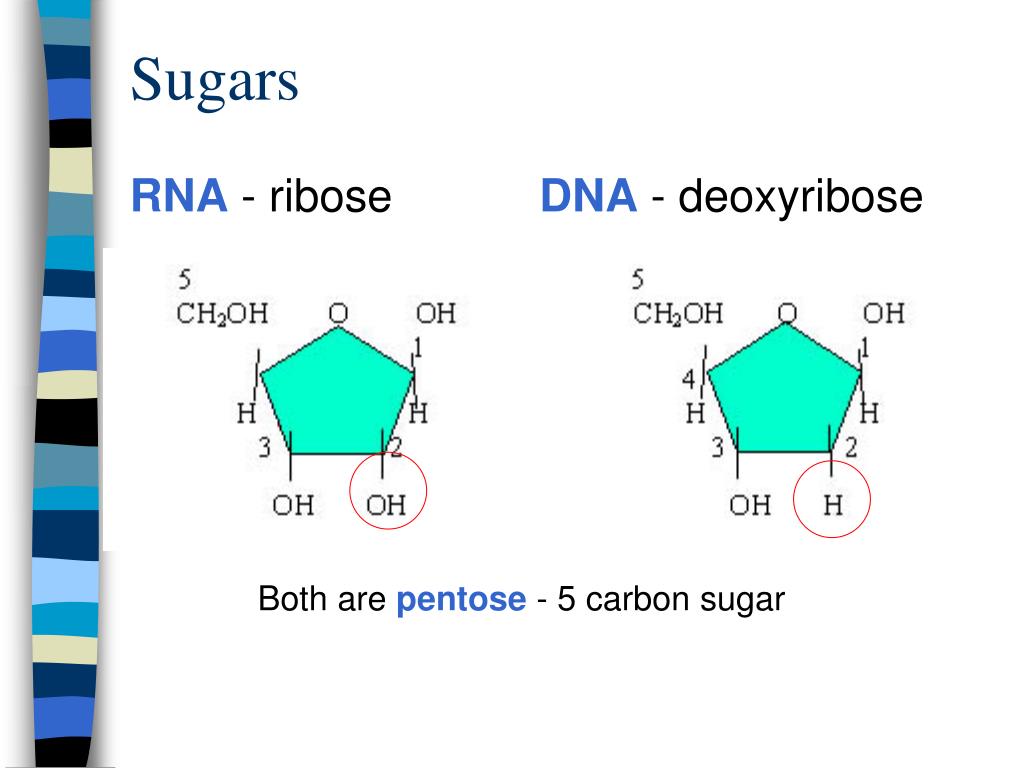

Two key developments in the modeling of the modern α-helix were: the correct bond geometry, thanks to the crystal structure determinations of amino acids and peptides and Pauling's prediction of planar peptide bonds and his relinquishing of the assumption of an integral number of residues per turn of the helix. Taylor, Maurice Huggins and Bragg and collaborators to propose models of keratin that somewhat resemble the modern α-helix. Neurath's paper and Astbury's data inspired H. Hans Neurath was the first to show that Astbury's models could not be correct in detail, because they involved clashes of atoms.

the stretching caused the helix to uncoil, forming an extended state (which he called the β-form).Īlthough incorrect in their details, Astbury's models of these forms were correct in essence and correspond to modern elements of secondary structure, the α-helix and the β-strand (Astbury's nomenclature was kept), which were developed by Linus Pauling, Robert Corey and Herman Branson in 1951 (see below) that paper showed both right- and left-handed helices, although in 1960 the crystal structure of myoglobin showed that the right-handed form is the common one.the unstretched protein molecules formed a helix (which he called the α-form).He later joined other researchers (notably the American chemist Maurice Huggins) in proposing that: The data suggested that the unstretched fibers had a coiled molecular structure with a characteristic repeat of ≈5.1 ångströms (0.51 nanometres).Īstbury initially proposed a linked-chain structure for the fibers. In the early 1930s, William Astbury showed that there were drastic changes in the X-ray fiber diffraction of moist wool or hair fibers upon significant stretching. Four carbonyl groups are pointing upwards toward the viewer, spaced roughly 100° apart on the circle, corresponding to 3.6 amino-acid residues per turn of the helix. Cartoon above, atoms below with nitrogen in blue, oxygen in red ( PDB: 1AXC) The image above contains clickable links Interactive diagram of hydrogen bonds in protein secondary structure. 3.6 13-helix because there are 3.6 amino acids in one ring, and there are an average of 13 residues per helical turn, with 13 atoms being involved in the ring formed by the hydrogen bond.Pauling–Corey–Branson α-helix (from the names of three scientists who described its structure).The alpha helix is also commonly called a: The alpha helix has a right hand- helix conformation in which every backbone N−H group hydrogen bonds to the backbone C=O group of the amino acid that is four residues earlier in the protein sequence. It is also the most extreme type of local structure, and it is the local structure that is most easily predicted from a sequence of amino acids. The alpha helix is the most common structural arrangement in the secondary structure of proteins. Collectively, our results provide an unusually detailed picture of the folding of a β-sheet protein.Type of secondary structure of proteins Three-dimensional structure of an alpha helix in the protein crambinĪn alpha helix (or α-helix) is a sequence of amino acids in a protein that are twisted into a coil (a helix). Kinetic studies indicate that native-like secondary structure forms in one of the protein's loops in the folding transition state, but the backbone is less ordered elsewhere in the sequence. Thermodynamic studies on these variants show that the protein is most destabilized when H-bonds that are enveloped by a hydrophobic cluster are perturbed. We perturbed the 11 backbone H-bonds of the PIN WW domain by synthesizing 19 amide-to-ester mutants. Amide-to-ester mutations site-specifically perturb backbone H-bonds in two ways: a H-bond donor is eliminated by replacing an amide NH with an ester oxygen, and a H-bond acceptor is weakened by replacing an amide carbonyl with an ester carbonyl. Here we have assessed the contribution of backbone H-bonds to the folding kinetics and thermodynamics of the PIN WW domain, a small β-sheet protein, by individually replacing its backbone amides with esters. Backbone hydrogen bonds (H-bonds) are prominent features of protein structures however, their role in protein folding remains controversial because they cannot be selectively perturbed by traditional methods of protein mutagenesis.


 0 kommentar(er)
0 kommentar(er)
